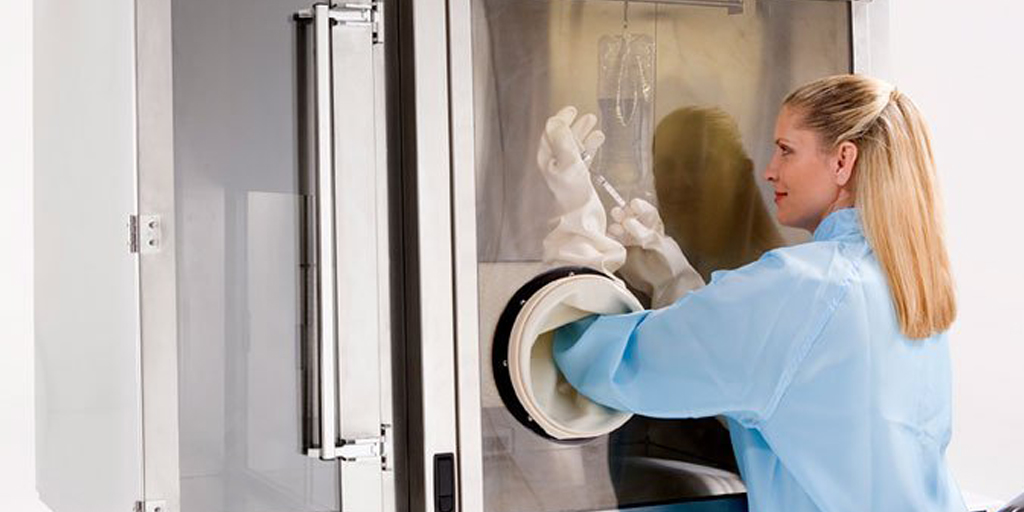A laboratory Glove Box is essentially a sealed container designed to enable the manipulation of objects within a specific environment or atmosphere. Allowing users to perform tasks within the container without breaking containment, a glove box has gloves located on one side of the container. During the course of certain experiments, a controlled environment becomes necessary for protecting the integrity of the procedure. With the isolation glove box providing a specific atmosphere, lab technicians are able to shield different materials from damaging environmental factors, e.g. moisture.
Manufactured out of static-dissipative PC, stainless steel or acrylic, this sealed box provides a regulated environment for handling content within. With it providing its user with the ability to work without breaking isolation protocols, it is an instrumental piece of equipment within laboratories. When discussing a laboratory glove box, it becomes certain how there are varying factors to take into consideration. In certain scenarios, the environment outside needs protection while, in certain conditions, the sample within the container requires protection. The two common types of glove boxes are the following:
- Isolation Boxes: Containing positive pressure, this box expels surplus gas into the room through the use of valves.
- Containment Boxes: Containing negative pressure, the air is vented out through a filter, owing to processing hazards produced inside, such as dust, vapours or fumes.
The History of Glove Boxes
Proving their functioning capacity since the 1940s, glove boxes become an important fixture within military fixtures where research involving radioactive material was being carried out. Manufactured out of steel in the earlier days, they entailed a small viewing window paired with relatively smaller glove ports. This mitigated the user’s risk of exposure to the sample or material contained within the unit. Having since enlarged and advanced in their design, glove boxes now allow more freedom of movement while handling a specimen.
Commonly used post World War II for medical research, it was deduced that glove boxes are optimal for handling pathogens or viruses when creating pharmaceuticals and vaccines. Proving their effectiveness, glove boxes isolators become largely popular during the late 1960s and 19702, when they were used by NASA. Harnessing their capacity, NASA made use of glove boxes to avoid cross-contamination with the pollutants in the Earth’s atmosphere, when studying rocks that were brought back from the moon.
Used in a wide range of industries, glove boxes are utilised by the electrical industry to avoid static contamination to nurseries within hospitals. This now leads premature babies to have a higher chance of survival, owing to the closely regulated environment they’re enclosed within. Moreover, pushing for safer working conditions and facilitating reliable results, glove boxes continue to prove their efficacy.
The Evolution of Glove Boxes
With time and with innovation taking its course, glove boxes have evolved to become state-of-the-art transparent containers. Built to serve several unique purposes, yet their defining characteristic remains intact. Offering an elevated level of control, different industries, such as health care, education, and food industry, use them for diverse uses. Transitioning from merely military or research use, today glove boxes continue to propel scientific advancements to new heights.
CTS Europe offer a wide range of Glove Boxes and Isolators and also manufacture bespoke laboratory safety systems, please get in touch to discuss your requirements.

